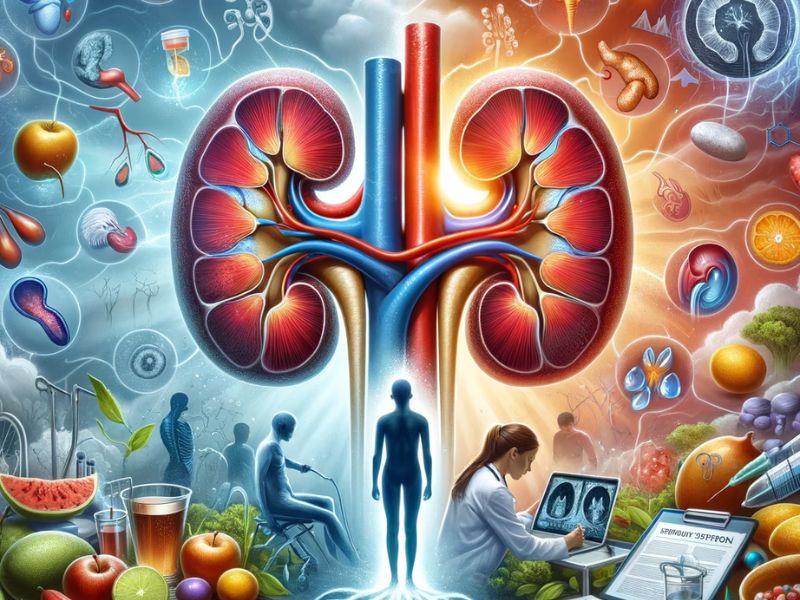
Kidney colic: prevention and treatment
A comprehensive guide to understanding, preventing, and effectively treating kidney colic
Kidney colic is an acute disorder characterized by intense and sudden pain localized in the lower abdomen or back. This condition mainly occurs due to the presence of kidney stones in the ureter, the thin tube that connects the kidneys to the bladder. These stones can become stuck, obstructing the passage of urine and causing severe, hard-to-relieve stabbing pain.
Risk factors and symptoms
Risk factors for the formation of kidney stones include genetic predisposition, an imbalanced diet, obesity, the use of certain medications, and specific medical conditions such as hyperparathyroidism. Symptoms of kidney colic can vary depending on the size and location of the stones, but the most common sign is sharp and sudden pain in the lower back area, which may be accompanied by nausea, vomiting, and the presence of blood in the urine.
Diagnosis and treatment
The diagnosis of kidney colic is based on the patient’s medical history and diagnostic tests such as urine analysis, ultrasounds, abdominal X-rays, and sometimes computed tomography (CT) scans. These tests help determine the presence, size, and location of the stones. Treatment can vary depending on the severity of symptoms and the size of the stones, including pain relievers, anti-inflammatory drugs, and, in some cases, procedures such as extracorporeal shock wave lithotripsy or percutaneous nephrolithotomy to fragment and remove the stones.
Prevention: a step forward
Prevention plays a key role in reducing the risk of kidney colic. Maintaining a balanced diet rich in fruits and vegetables and low in salt and animal protein, along with adequate fluid intake throughout the day, are fundamental steps. Regular physical activity also helps maintain a healthy body weight and reduces the risk of stone formation.
In essence, kidney colic is a painful condition that can be prevented and managed through healthy lifestyle choices and proper medical attention. Recognizing risk factors and symptoms allows for timely action to minimize complications and improve the quality of life.
Sources


